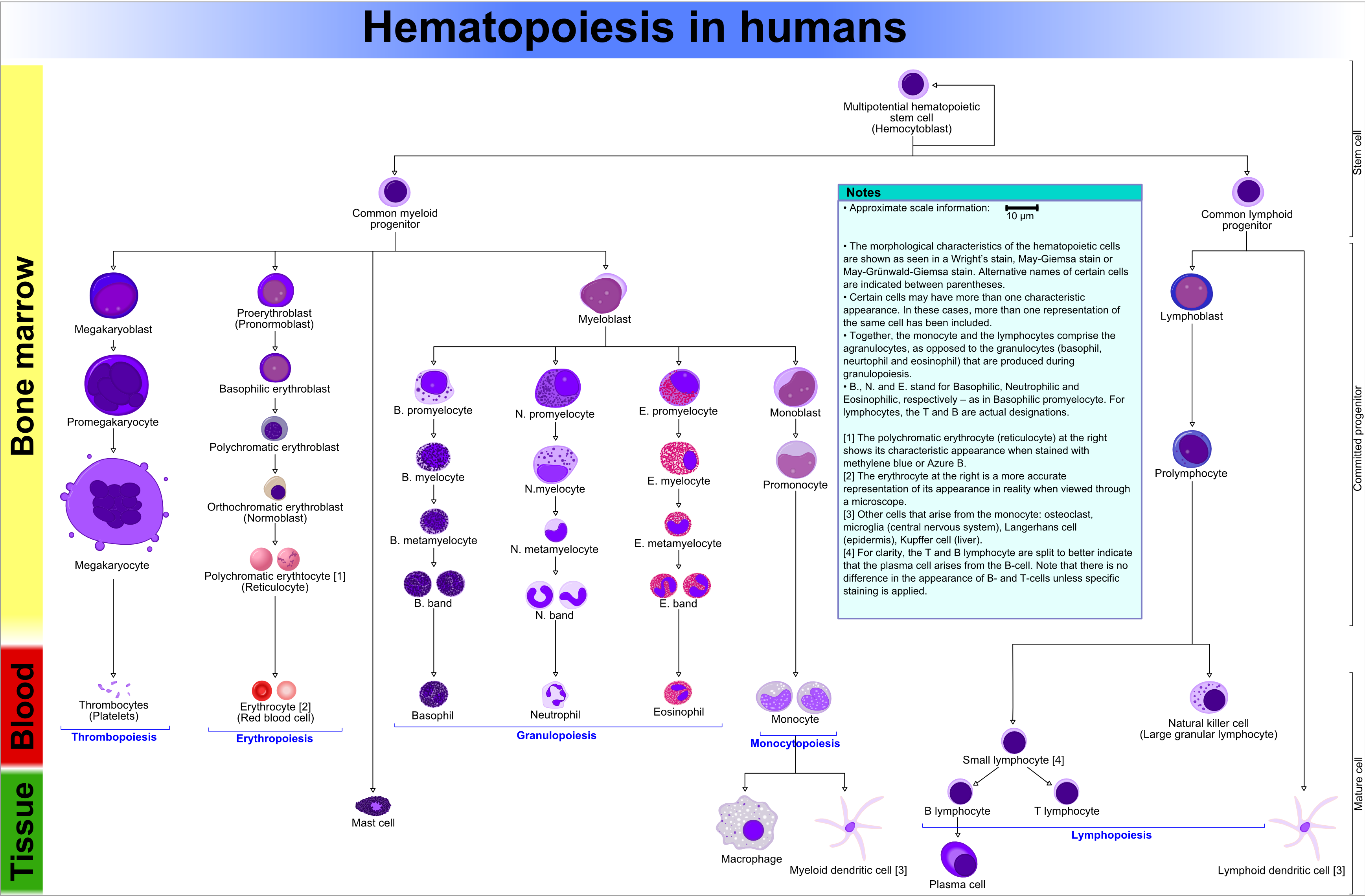
Osteomas of the paranasal sinuses are well-defined, slowly growing,
non-neoplastic masses that arise from the sinus wall and are covered by the mucoperiosteum of the sinus. Developmental, traumatic, and infective, etiologies have been suggested, but none has been proven.
There is some variability in naming osteomas. Some name them after the sinus invaded by the tumor, while other name then for the sinus of origin.
Osteomas are found in about 3% of the population (more commonly men), and have a peak incidence between the fourth and sixth decades of life. Osteomas can be found sporadically or in association with
Gardner syndrome (familial adenomatous polyposis). In the latter case, osteomas tend to be multiple and appear ~15 years before colon polyps. Therefore,
gastroenterology referral is suggested when multiple facial or sinonasal osteomas are found.
The majority of patients are asymptomatic, but some can present with sinusitis, headache, and facial pain.
Surgery is generally indicated with symptomatic osteomas. The management of asymptomatic osteomas is controversial and variable. Indications for resection of asymptomatic osteomas are not universally accepted and include: Osteomas located near the frontal sinus ostium, frontal osteomas larger than 50% of the volume of the sinus, frontoethmoid osteomas extending beyond the confines of the frontal or ethmoid sinuses, any ethmoid osteoma, and enlarging osteomas.
Recurrence after surgery is rare, even with incomplete resection; however, accelerated growth following incomplete resection has been reported and most will recur if given enough time.
Malignant transformation has not been described.
The frontal sinus is most commonly affected, followed by the ethmoid, maxillary, and sphenoid sinuses. In the frontal sinus, there is a predilection to arise at the junction of frontal and anterior ethmoid sinuses. Even a relatively small osteoma in this location can lead to obstruction depending on the drainage pattern of the frontal sinus. The image above shows a relatively large frontal osteoma (pink arrow) leading to obstruction of the drainage pathway of the frontal sinus.
Non-obstructive complications of osteomas are rare, but familiarity with potential problems will help you avoid an incomplete assessment of these often neglected lesions.
Frontal sinus osteomas rarely invade the orbit and cranial fossa. Orbital invasion can cause exophthalmos, proptosis, visual disturbances, or blockage of the nasolacrimal duct. Cranial invasion can lead to pneumocephalus (rarely even tension pneumocephalus), rhinorrhea (from leakage of cerebrospinal fluid), meningitis, and cerebral abscess.
Ethmoid sinus osteomas can extend intracranially through the cribriform plate, laterally into the orbit, or anteriorly to the nasolacrimal duct.
Maxillary sinus osteomas can mimic maxillary antroliths and calcifying odontogenic tumors such as
cementomas. An origin from adjacent tooth roots can suggest a calcifying odontogenic tumor such as a cementoma.
Sphenoid sinus osteomas are rare. The major complication of these osteomas is invasion of the sella turcica and associated pituitary issues.
Radiographs are not very sensitive or specific. When seen, osteomas present as well-defined bony lesions within the paranasal sinuses. CT Osteomas can be occult or show increased activity on bone scintigraphy. Lesions with activity have been shown to have potential for growth, while cold lesions tend to remain stable in size.
CT reveals a well-defined mass with attenuation similar to those of normal bone. MRI reveals a mass that is hypointense on all pulse sequences.
References
- Chen CY, Ying SH, Yao MS, Chiu WT, Chan WP. Sphenoid sinus osteoma at the sella turcica associated with empty sella: CT and MR imaging findings. AJNR Am J Neuroradiol. 2008 Mar;29(3):550-1.
- Earwaker J. Paranasal sinus osteomas: a review of 46 cases. Skeletal Radiol. 1993 Aug;22(6):417-23.
- Georgalas C, Goudakos J, Fokkens WJ. Osteoma of the skull base and sinuses. Otolaryngol Clin North Am. 2011 Aug;44(4):875-90, vii.
- Sadry F, Hessler C, Garcia J. The potential aggressiveness of sinus osteomas. A report of two cases. Skeletal Radiol. 1988;17(6):427-30.
 The spleen commonly has heterogeneous enhancement in the first minute after initiation of contrast injection in both adults and children. This heterogeneity is thought to be due to variable rates of flow through the cords of white and red pulp (lymphoid follicles and vascular sinusoids, respectively). Three enhancement patterns have been described. The archiform pattern is the most commonly seen, followed by focally heterogeneous and diffusely heterogeneous.
The spleen commonly has heterogeneous enhancement in the first minute after initiation of contrast injection in both adults and children. This heterogeneity is thought to be due to variable rates of flow through the cords of white and red pulp (lymphoid follicles and vascular sinusoids, respectively). Three enhancement patterns have been described. The archiform pattern is the most commonly seen, followed by focally heterogeneous and diffusely heterogeneous.
























